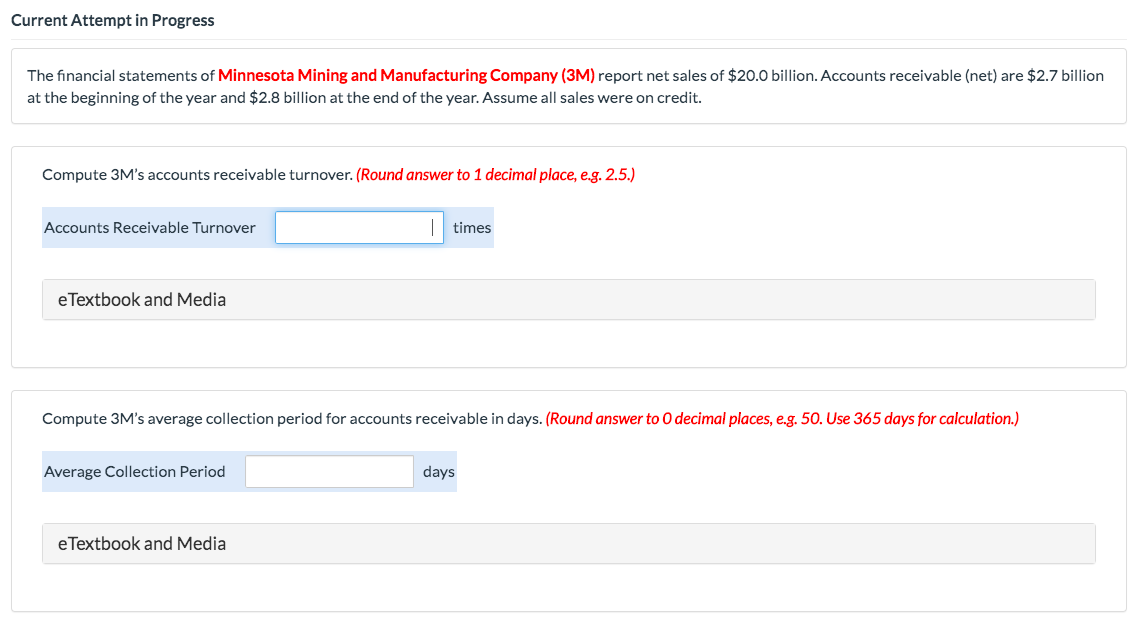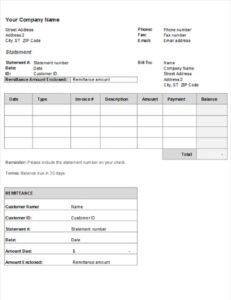
For example, a higher gross profit figure and a lower operating income figure reveal that your business is incurring an increased amount of operating expenses. Thus, after determining the operating income, you need to assess non-operating income and expenses. Simply find out these items on the trial balance and include them in the income statement as non-operating income, expense, and others just below the operating income. Publicly listed companies are mandated to prepare financial statements on a quarterly and annual basis, whereas, small businesses are not required to follow such strict reporting rules. So, when it comes to your income statement, the profit earned or loss is what’s incurred over an accounting period, not your cash flow.
How to read and prepare a single-step income statement

Likewise, non-operating income is the income not earned from core business activity. For example, profit on the sale of investments, gain on the sale of fixed assets, etc. So, to prepare an income statement, you will first need to generate the trial balance report. Furthermore, it also showcases Gross Profit which is the Sales minus the Cost of Goods Sold.
Data Tables
Companies must comply with a set of rules and guidelines known as generally accepted accounting principles (GAAP) when they prepare these statements. It begins with an entry for revenue, known as the top line, and subtracts the costs of doing business, including the cost of goods sold, operating expenses, tax expenses, and interest expenses. The difference, known as the bottom line, is net income, also referred to as profit or earnings. “Bottom line” is the net income that is calculated after subtracting the expenses from revenue. Since this forms the last line of the income statement, it is informally called “bottom line.” It is important to investors as it represents the profit for the year attributable to the shareholders. An Income Statement can be prepared in a Single-Step format that calculates the Net Income by subtracting expenses and losses from revenues and gains.
- Non-operating revenues are revenues that a company earns from activities that are not related to its primary business operations.
- By generating income statements and other financial reports on a regular basis, you can analyze the statements over time to see whether your business is turning a profit.
- It segregates total revenue and expenses into operating and non-operating heads.
- Because of its importance, earnings per share (EPS) are required to be disclosed on the face of the income statement.
Depreciation expenses are reported like any other normal business expense on your income statement, but where you include it depends on the nature of the asset being depreciated. Consider enrolling in Financial Accounting or our other online finance and accounting courses, which can teach you the key financial topics you need to understand business performance and potential. Download our free course flowchart to determine which best aligns with your goals. Because of this, horizontal analysis is important to investors and analysts. By conducting a rule of consistency law and legal definition horizontal analysis, you can tell what’s been driving an organization’s financial performance over the years and spot trends and growth patterns, line item by line item.
You can find many templates to create a personal or business P&L statement online for free. P&L management refers to how a company handles its P&L statement through revenue and cost management. You must remember that to calculate gross profit, only variable costs are taken into consideration, meaning the costs that change with the change in the level of output. COGS only involves direct ocean city md wine bar and bistro restaurant liquid assets expenses like raw materials, labor and shipping costs.
Ultimately, horizontal analysis is used to identify trends over time—comparisons from Q1 to Q2, for example—instead of revealing how individual line items relate to others. An income statement is a vital tool in financial reporting and one of the most common competitive pricing definition and critical statements you’re likely to encounter. An income statement should be used in conjunction with the other two financial statements. Typically, investors prefer looking at a company’s operating profit figure rather than a company’s bottom line as it gives them a better idea of how much money the company is making from its core operations.
Business Insights
The income statement, also known as the profit and loss (P&L) statement, is the financial statement that depicts the revenues, expenses and net income generated by an organization over a specific period of time. It is one of the most heavily scrutinized financial statements issued by every organization. Because of this, it is critical for users to have a sound understanding of the story every income statement is trying to tell. The next section is the operating income, which is calculated by subtracting the operating expenses from the gross profit. This helps the users of the financial statements understand the capability of the company to generate profits before taking into account the impact of the financing activities. That is, it calculates what your company owns and the amount it owes together with the amount that is invested by the shareholders of the company.
Income From Continuing Operations
Small businesses typically start producing income statements when a bank or investor wants to review the financial performance of their business to see how profitable they are. Accountants, investors, and business owners regularly review income statements to understand how well a business is doing in relation to its expected future performance and use that understanding to adjust their actions. A business owner whose company misses targets might pivot strategy to improve in the next quarter. Similarly, an investor might decide to sell an investment to buy into a company meeting or exceeding its goals. If you don’t have a background in finance or accounting, it might seem difficult to understand the complex concepts inherent in financial documents. However, taking the time to understand financial statements, such as learning how to read an income statement, can go far in helping you advance your career.